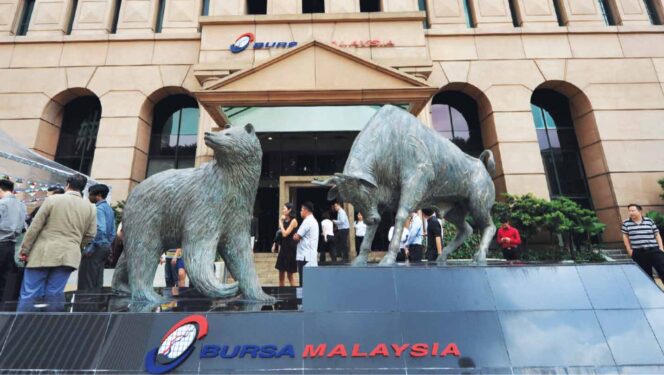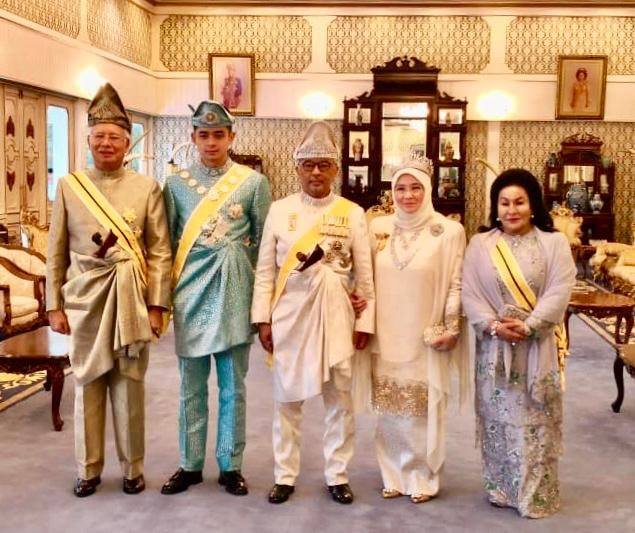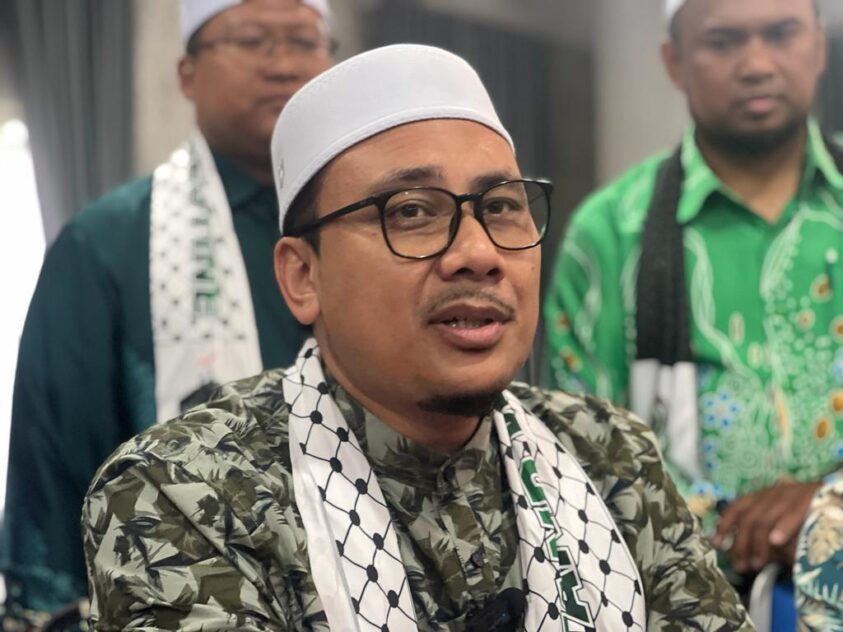By Jomo Kwame Sundaram and Anis Chowdhury
LIKE much of the West, Argentina did not take many early precautionary actions after the Covid-19 epidemic was confirmed in January, but became the first Latin American country to act decisively with a March 12 public health emergency declaration.
The presidential decree came a day after the World Health Organisation (WHO) declared a global pandemic, just over a week after the first case was detected in the republic on March 3.
Lockdown to ‘flatten the curve’
With neither vaccine nor cure available, Argentina decided on a lockdown to buy time to “flatten the curve” by slowing its rapid spread and quickly enhancing its public health capacities and capabilities, to do mass testing and contact tracing, and get protective equipment for frontline health workers and respirators for the severely infected.
The measures include a mandatory “stay in shelter” lockdown, with those violating the order facing fines and harsh prison sentences from six months to two years, and other “social, preventive isolation” measures from March 20 to 31, now extended to May 10.
All arrivals from Covid-19 “hot spots” (including China, Iran, South Korea, Italy and the US) have to be quarantined for 14 days regardless of nationality. All direct flights between Argentina and the US as well as Europe were suspended for 30 days from March 17, now extended indefinitely.
As infections surge in neighbouring Brazil, the government has set up secure corridors in border provinces, allowing Brazilian drivers to access bathrooms, get food and unload products with minimal contact with Argentines.
Health ‘non-system’ fragmented, ineffective, inequitable
All Argentines have a constitutional right to healthcare, but this does not mean much, due to its gross inequalities. Its patchwork of regional and national laws without much coherence compounds the problem, resulting in very complicated and uneven coverage.
The new left populist government from December 2019 of Peronist President Alberto Fernandez reversed the previous Macri government’s severe austerity measures under an IMF programme, and demotion of the Health Minister to a non-cabinet position, which had further undermined its already debilitated health “non-system”.
A tenth of the population, mostly around Buenos Aires, have private health insurance, ensuring access to private hospitals with most of the best physicians, nurses and equipment.
About a third of the population – mostly rural poor – do not have any health insurance, and little choice other than the chronically underfunded and understaffed public hospitals. Many Argentines get health coverage through unions, with more than 300 various schemes, offering very different benefits.
By April 30, 214 deaths had been attributed to the virus, while confirmed infections reached 4,285, probably too few, due to the low testing rate. By April 26, only around 50,000 tests had been done for its 45.2 million population, compared to Chile’s 150,000 for 19.1 million. However, the Argentine government is rapidly enhancing its testing capacity.
Protecting the economy and people
For the new government, the crisis could not have come at a worse time, inheriting an economy in deep recession, with gross public debt around US$323 bil (93.3% of GDP), annual inflation over 50%, poverty above 40%, unemployment at almost 10%, and the Argentine peso having lost 68% of its value in 2019.
Yet, Argentina committed around 2% of GDP to an economic and social relief package, ensuring that no essential services – electricity, gas, water, mobile telephony, fixed landlines, internet and cable television – are cut for retirees, social welfare recipients and households earning less than US$520 due to non-payment.
The government provides 10,000 pesos (about US$150) as an Emergency Family Income to domestic workers and other low-income earners, prioritising those who qualify for the Universal Child Allowance and the Allowance for Pregnant Women. Nearly eight million Argentines received relief payments from April 21.
The administration has made every employer, regardless of trade and size, eligible for the Emergency Aid Programme for Work and Production, postponing or reducing taxes on small businesses by up to 95% and paying employees half to all the monthly minimum wage.
More than US$30 mil has been allocated for food aid alone, with national, provincial and municipal authorities mobilising many to work in public kitchens. Fernandez has promised food and other resources needed to survive, especially by the poor.
The government has also required banks to extend hundreds of millions of US dollars in loans at reduced interest rates to keep the economy afloat. The administration has also suspended evictions and frozen all rent increases until September, besides absolving the lowest tax bracket of penalties for not paying their March taxes.
As the lockdown continues, Argentina’s economic and social relief package has grown, almost daily, to almost double the original sum committed, to 3.5% of GDP by April’s end.
National unity against epidemic
Despite Argentina’s fiercely divisive politics, the new president insisted on standing with leaders from across the political spectrum in a rare display of unity to announce the March 19 lockdown.
The national government is working closely with state governors as well as all health providers, securing private sector cooperation without nationalisation.
Meanwhile, the armed forces are building triage centres in case of a surge in infections while social, religious and business groups work together to deliver food to more than two million in the greater Buenos Aires area alone.
Despite relief measures, much hardship remains, especially for those in poor crowded barrio slums and relying on daily incomes. Yet, the government’s measures have 94.7% approval, with the president’s popularity soaring to 81%.
Crisis as opportunity
After taking office, President Fernandez increased progressive taxation to try to balance the budget to restore growth, rather than pay foreign creditors. Rather than cut social expenditures, he cut spending benefiting the wealthy, for example, by reducing higher pensions, but not cutting smaller ones.
Having announced that its debt needed restructuring, the new government made a restructuring offer to creditors well before the pandemic became its central concern. The government organised another display of national unity to back its insistence that it cannot pay creditors while dealing with the pandemic.
On April 16, Economy Minister Martín Guzmán demanded that creditors accept new securities to replace US$65 bil worth of bonds, almost 40% of its foreign currency debt.
Argentina is also seeking a small “haircut” of 5.4% on the debt principal, saving the government US$3.6 bil and cutting interest payments by 62%. These repayments will start low, at just 0.5%, beginning late in 2023, and will peak in 2029 at less than 5%. The plan will save the government U$37.9 bil in interest.
Fernandez also welcomed the joint G20 statement of the World Bank and International Monetary Fund proposing immediate debt relief for the poorest countries, while calling for a global humanitarian emergency fund to tackle the pandemic.
Guzmán also urged fellow G20 finance ministers to use the “entire toolkit” of economic policies, including bilateral swaps, to aid countries most in need.
Meanwhile, there seems to be a consensus of sorts that Argentina has tackled the epidemic rather well so far despite its problematic health system and economic problems.
The March 27 Bloomberg headline, Argentina Sacrifices Economy to Ward Off Virus, Winning Praise, captured the cruel dilemma Covid-19 has posed for people and governments to choose between lives and livelihoods. — May 5, 2020, IPS
Jomo Kwame Sundaram, a former economics professor, was United Nations Assistant Secretary-General for Economic Development, and received the Wassily Leontief Prize for Advancing the Frontiers of Economic Thought. Anis Chowdhury is Adjunct Professor, Western Sydney University and University of New South Wales (Australia)









